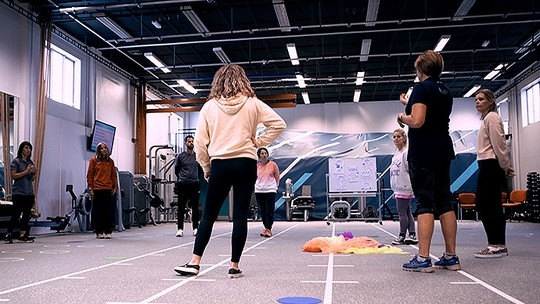What is Physical Literacy?
Physical Literacy is a lifelong journey that begins in early childhood, as we start to discover how our bodies move and interact with the world around us. Through play, exploration, and a variety of physical experiences, young children build the foundation for movement, confidence, and enjoyment of physical activity.
But Physical Literacy doesn’t end with childhood—and it’s not just about sports. It encompasses all forms of movement, across all stages of life. It’s about developing the knowledge, skills, motivation, and confidence to be active in many different ways, in many different environments.
Physical Literacy is more than physical skills. It’s a holistic approach to movement that supports health, wellbeing, and lifelong participation in physical activity.
Definitions of Physical Literacy
Definitions of Physical Literacy
“The motivation, confidence, physical competence, knowledge and understanding to value and take responsibility for engagement in physical activities for life.” (Whitehead, 2016)
“Lifelong holistic learning acquired and applied in movement and physical activity contexts. It reflects ongoing changes integrating physical, psychological, cognitive and social capabilities. It is vital in helping us lead healthy and fulfilling lives through movement and physical activity.” (The Australian Sports Commission)
Find Out More
Read more about Physical Literacy at the International Physical Literacy Association website.
Key Links
We aim to lay the foundations of physical activity, health, well-being, and academic outcomes in early childhood. Learn more about the evidence-based training available for people who work with children.

All of our research is applied to practice. You can read how our research impacts outcomes for young children, parents, older adults and patients, and improves health and wellbeing in our communities.


